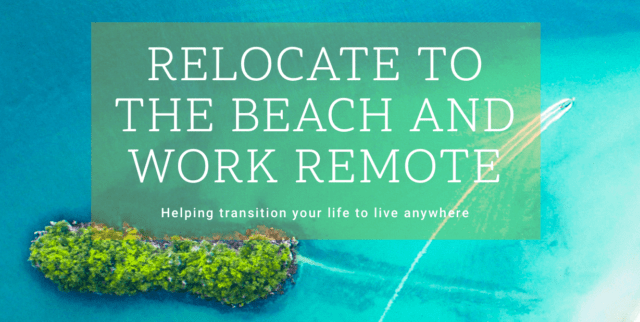The World Bank announced a grant to Costa Rica that will focus on strengthening the participation of indigenous peoples in forest conservation and improving access for their communities.
The goal is to bring communities closer to the Program to Reduce Emissions from Deforestation and Forest Degradation. It also promotes inclusive mechanisms for knowledge sharing and decision-making on sustainable land use. A total of $4 million has been budgeted for the “National Project to Support Social Inclusion in the Emissions Reduction Program.”
The Forest Carbon Partnership Facility (FCPF), which manages emissions reduction programs, will be part of the mission. The EnABLE (Enhancing Access to Benefit while Lowering Emissions) Trust Fund, which leads efforts to ensure that the results are leveraged by communities, will also be involved.
This is the country’s first project with a governance structure in which Indigenous peoples play a prominent role in defining what will be financed. They were also included in the approval of activities and overall coordination.
The World Bank package will work with the Cabécar, Bribri, Ngabe, Térraba, Boruca, Huetar, Maleku, and Chorotega groups. It places special emphasis on the role of Indigenous women and youth, who play a decisive role in their communities’ activities.
What does the World Bank plan include?
The investments announced by the World Bank will contribute to reducing carbon emissions through activities that promote sustainability and environmental conservation.
“Indigenous peoples’ worldview and traditional knowledge of their territory and natural resources are essential for a habitable planet. At the World Bank, we are honored to be part of this project, whose design not only offers innovations that will be of interest for learning in other countries, but the process itself was unique because it was entirely based on the vision, voice, and priorities of Indigenous peoples,” said Carine Clert, World Bank Country Manager for Costa Rica and El Salvador.
The work plan includes training in new techniques and technologies so that Indigenous communities can maintain their productive activities, with a focus on environmental sustainability.
Construction of infrastructure
Support will also be provided for the construction of infrastructure such as rainwater harvesting facilities, small-scale irrigation systems, and efficient technologies. Regarding environmental education, the World Bank hopes to invest in the creation of interpretive trails and visitor centers. Environmental education programs that promote conservation and sustainable economic development will also be developed.

